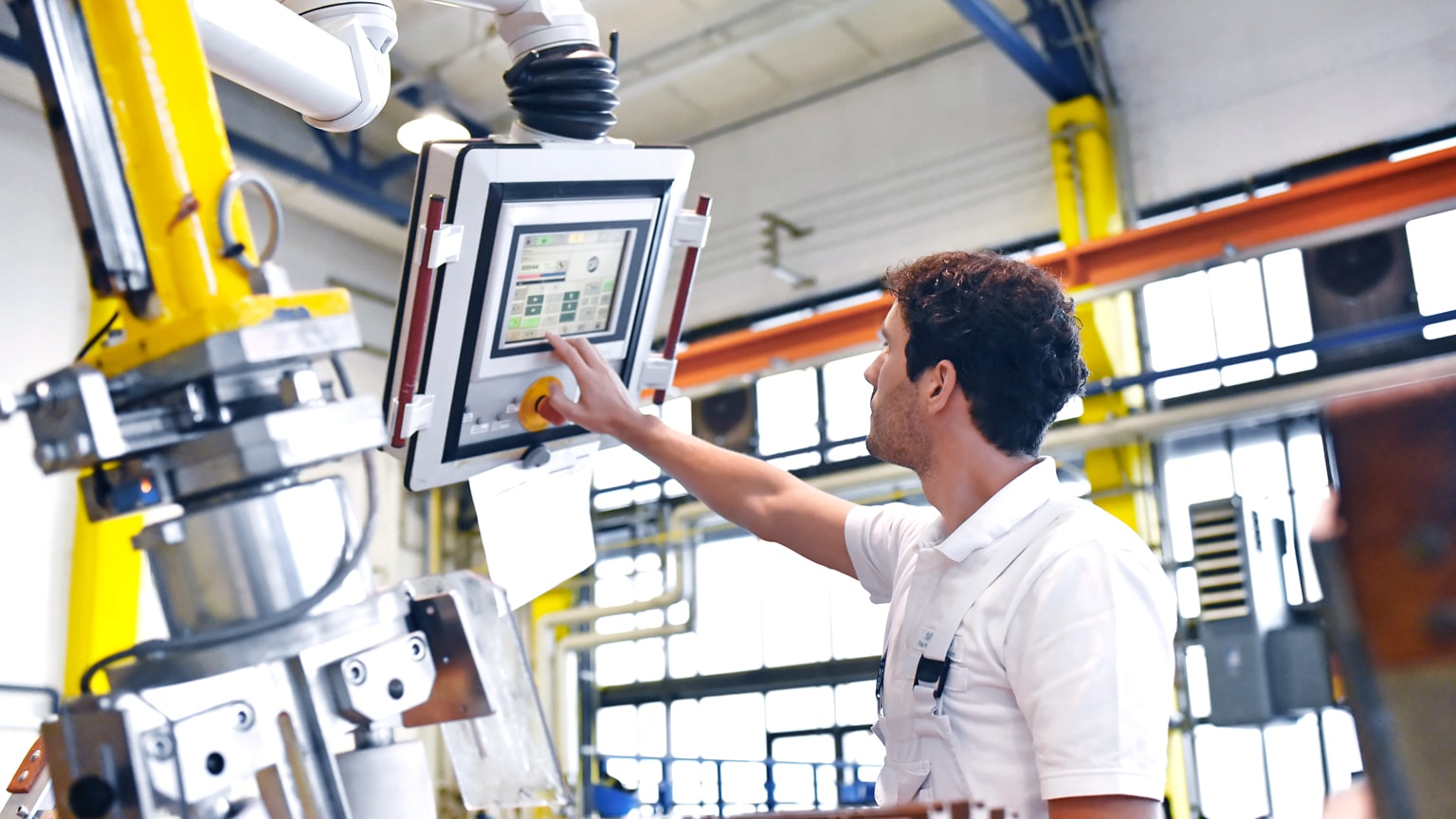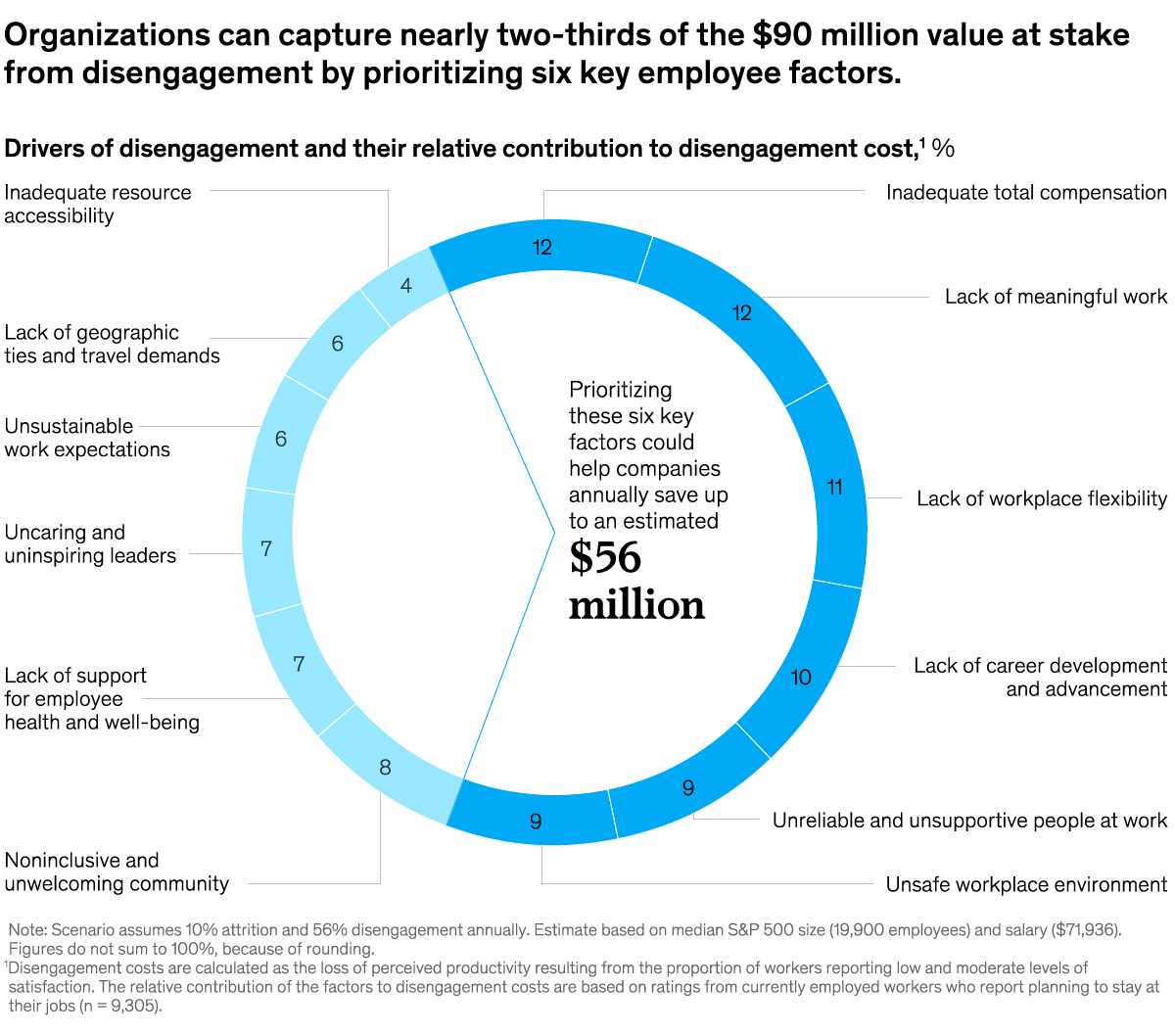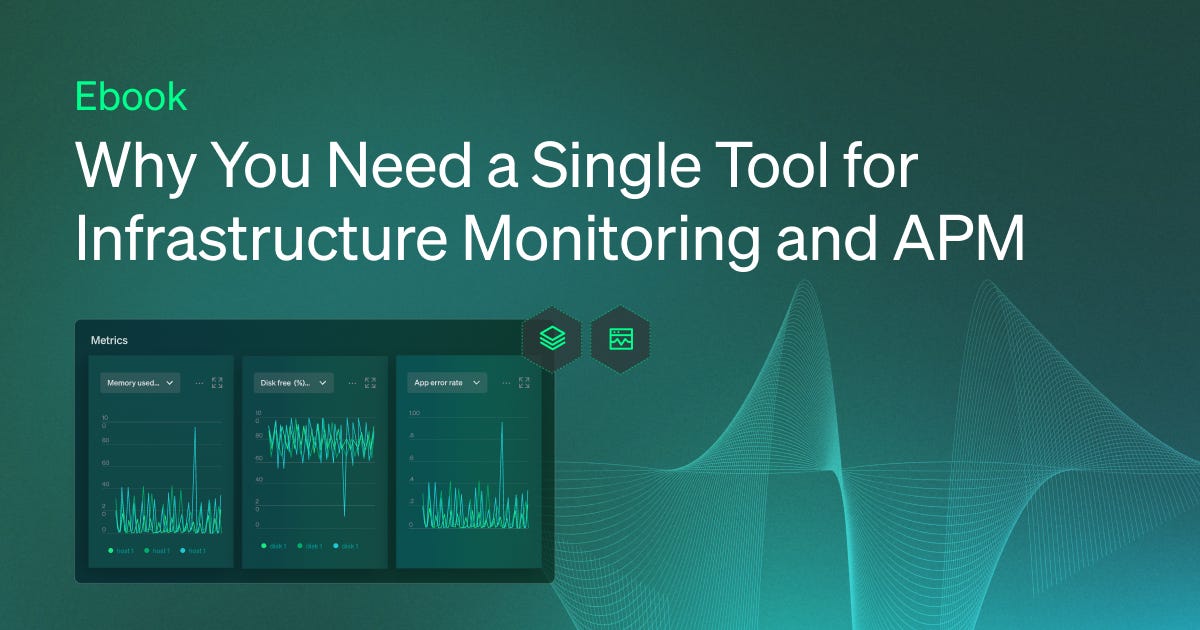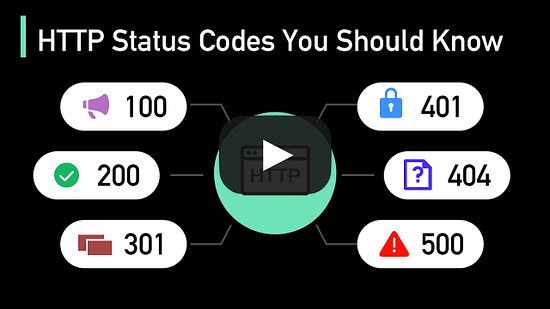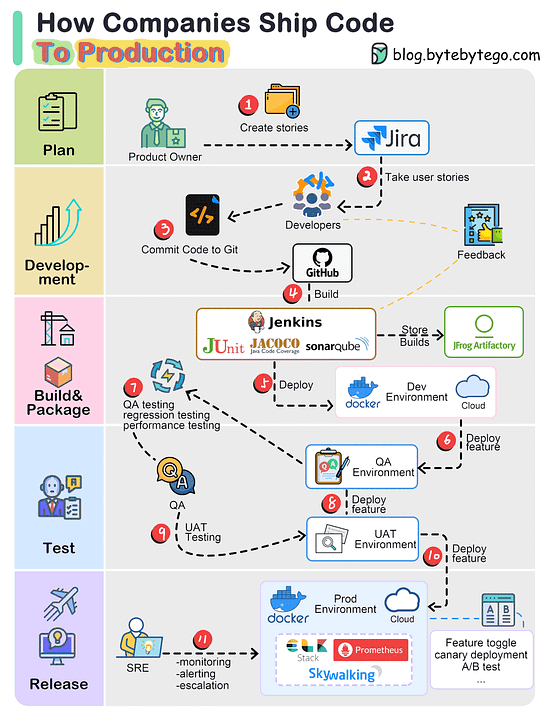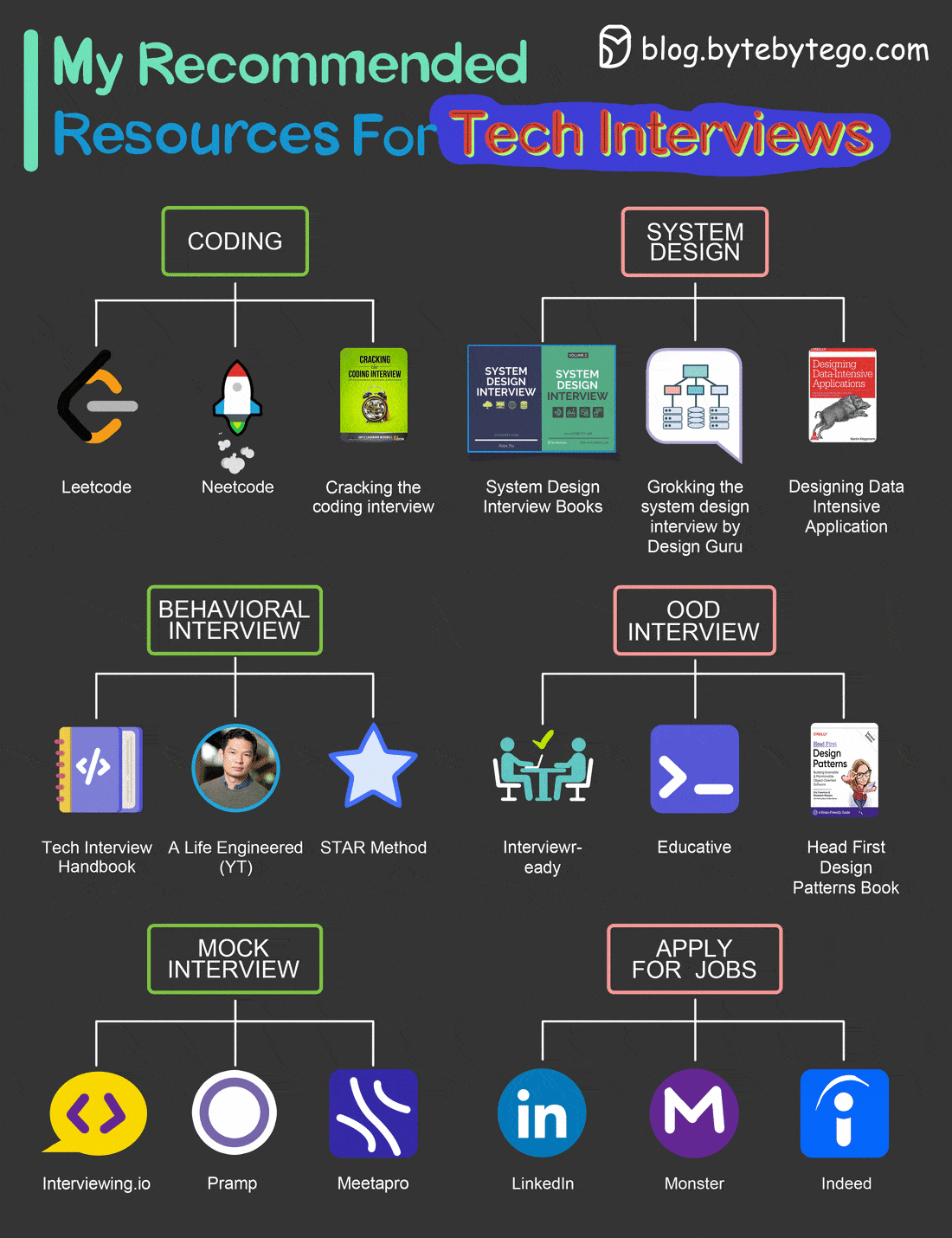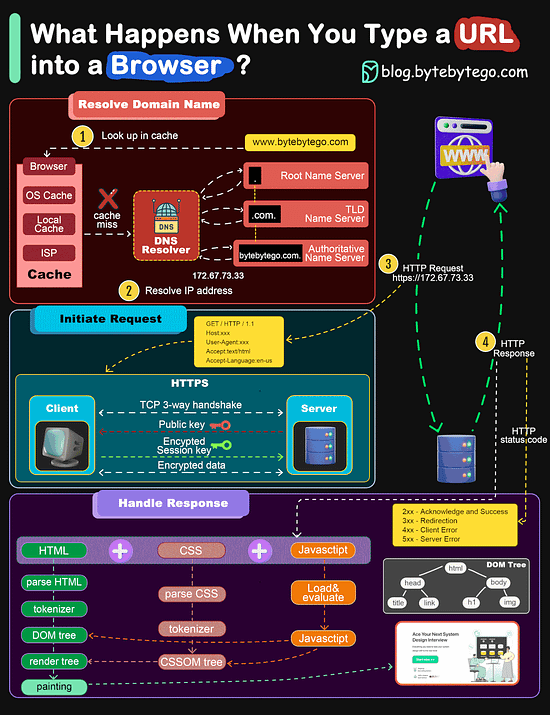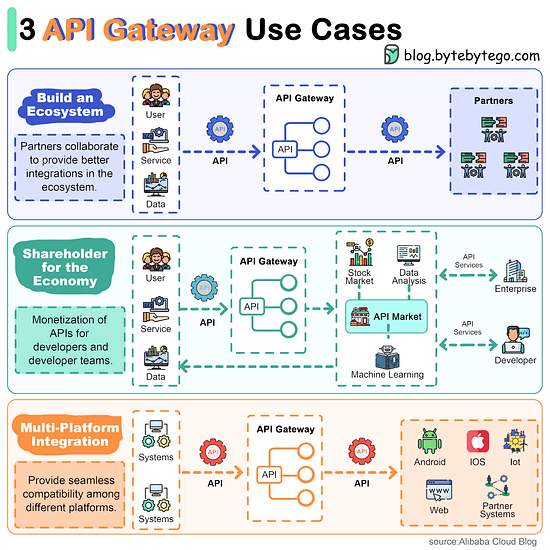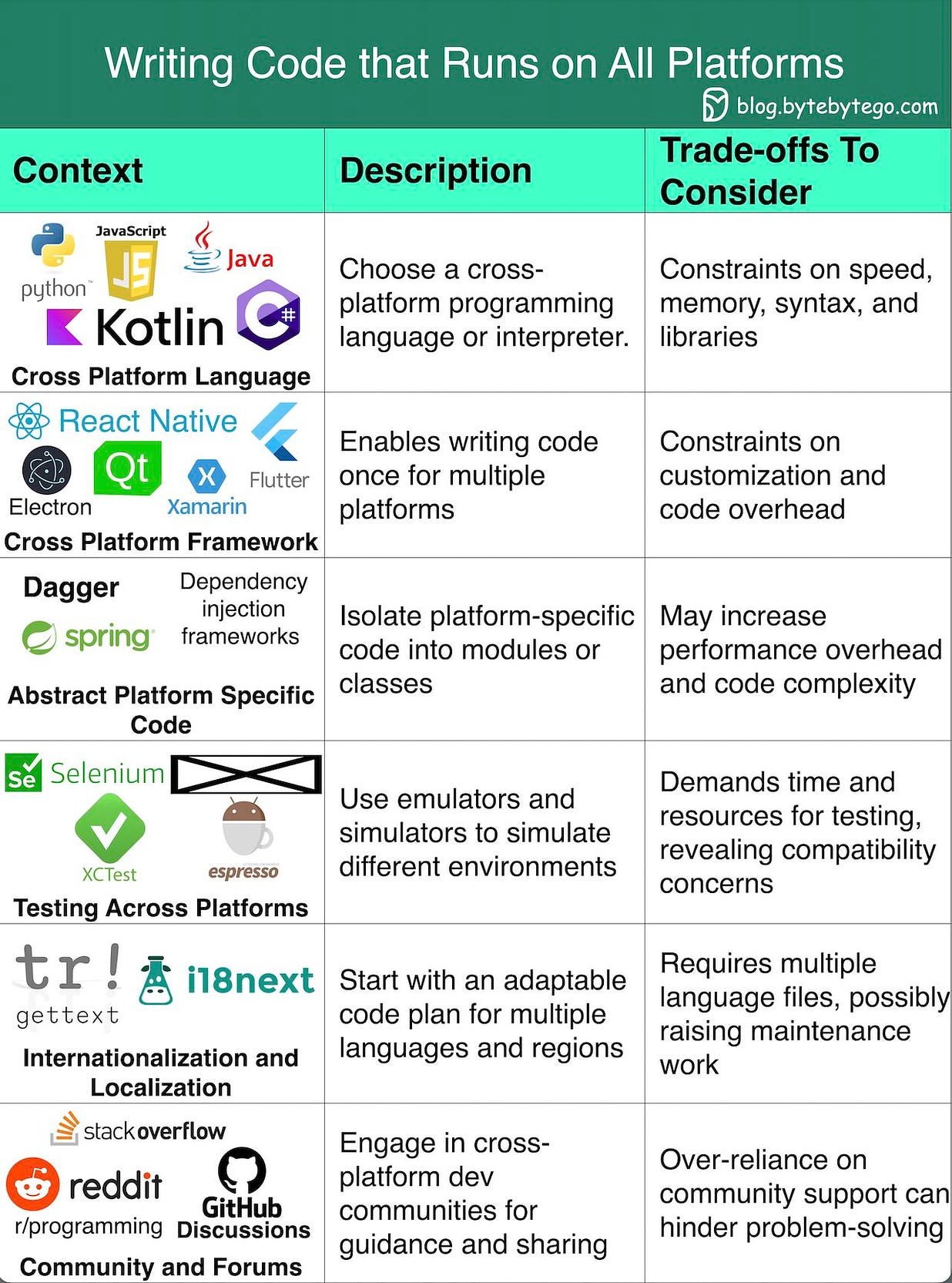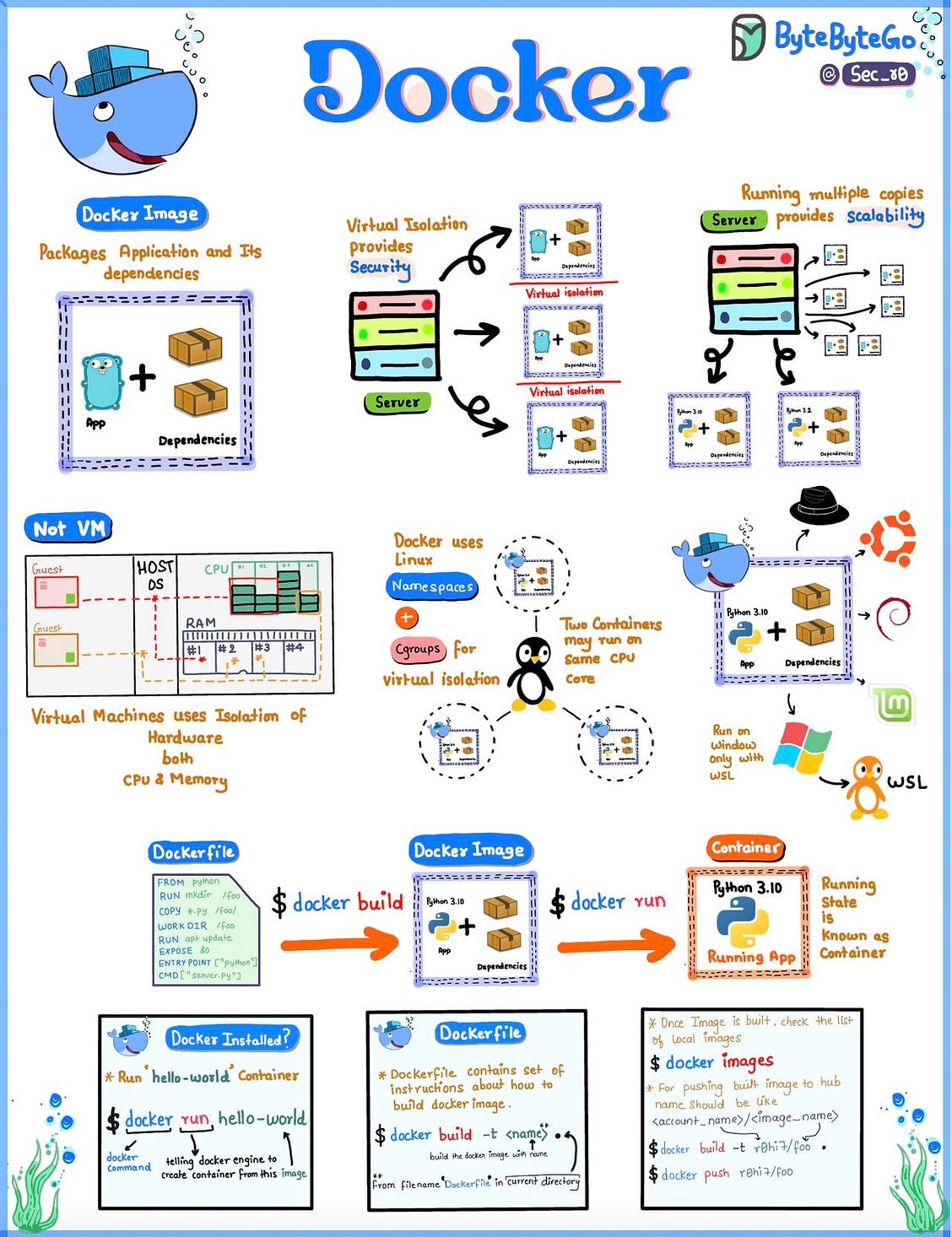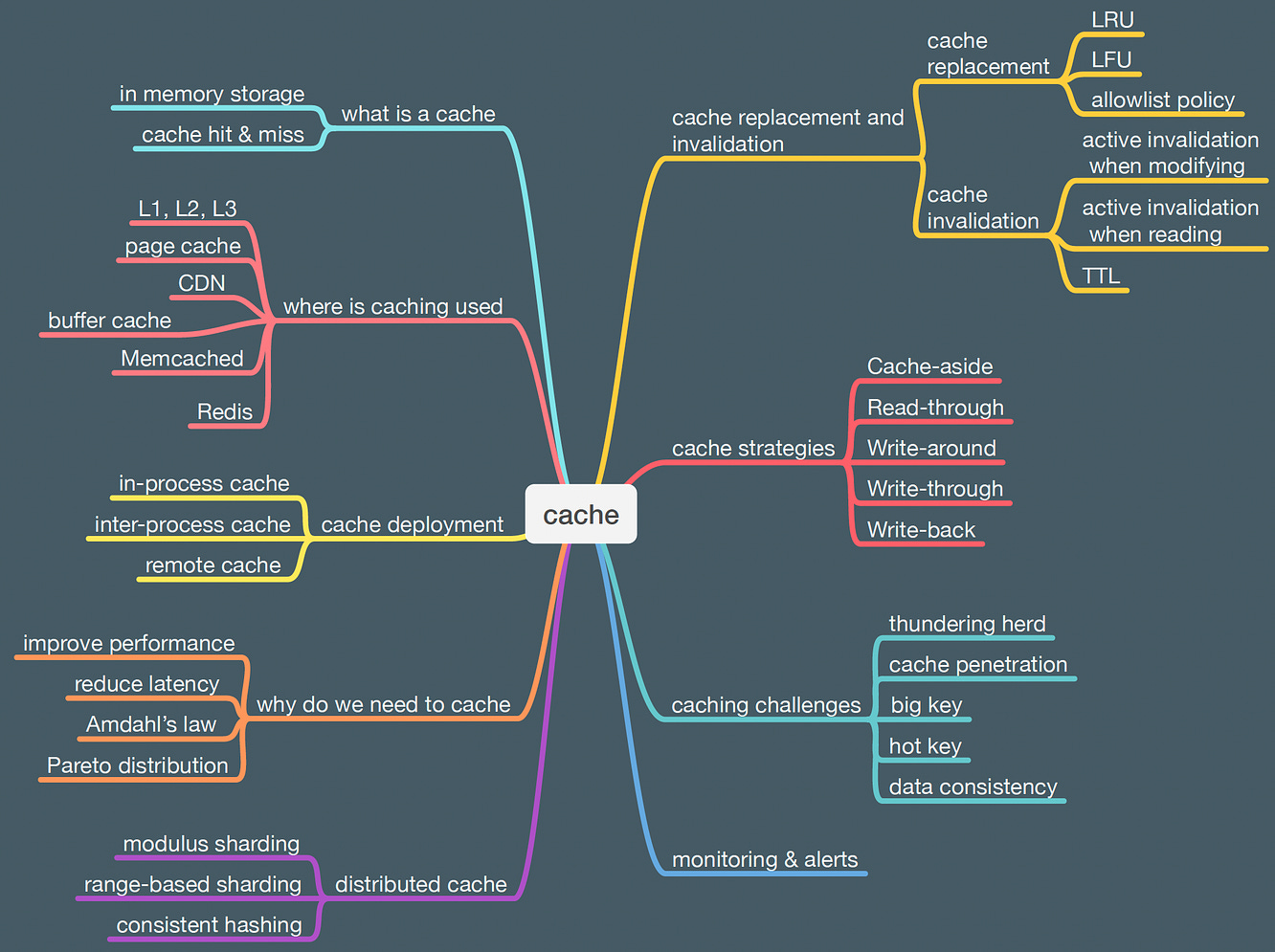Archives
- By thread 3675
-
By date
- June 2021 10
- July 2021 6
- August 2021 20
- September 2021 21
- October 2021 48
- November 2021 40
- December 2021 23
- January 2022 46
- February 2022 80
- March 2022 109
- April 2022 100
- May 2022 97
- June 2022 105
- July 2022 82
- August 2022 95
- September 2022 103
- October 2022 117
- November 2022 115
- December 2022 102
- January 2023 88
- February 2023 90
- March 2023 116
- April 2023 97
- May 2023 159
- June 2023 145
- July 2023 120
- August 2023 90
- September 2023 102
- October 2023 106
- November 2023 100
- December 2023 74
- January 2024 75
- February 2024 75
- March 2024 78
- April 2024 74
- May 2024 108
- June 2024 98
- July 2024 116
- August 2024 134
- September 2024 130
- October 2024 141
- November 2024 97
-
The future of manufacturing in Africa
On Point
Why manufacturing matters in growing economies
by "McKinsey On Point" <publishing@email.mckinsey.com> - 01:11 - 20 Oct 2023 -
The complication of concentration in global trade
Enter our digital experience New from McKinsey Global Institute

Global trade explorer
Enter our digital experience 

by "McKinsey & Company" <publishing@email.mckinsey.com> - 04:36 - 19 Oct 2023 -
Redis Can Do More Than Caching
Redis Can Do More Than Caching
In the last issue, we explored common use cases with Redis. In this issue, we will go deeper and demonstrate how Redis’ versatile data structures can power more complex applications like social networks, location-based services, and more. We will walk through practical examples of building key features like user profiles, relationship graphs, home timelines, and nearby searches using Redis’ native data types - Hashes, Sets, Sorted Sets, Streams, and Bitmaps. Forwarded this email? Subscribe here for moreThis is a sneak peek of today’s paid newsletter for our premium subscribers. Get access to this issue and all future issues - by subscribing today.
Latest articles
If you’re not a subscriber, here’s what you missed this month.
The 6 Most Impactful Ways Redis is Used in Production Systems
The Tech Promotion Algorithm: A Structured Guide to Moving Up
To receive all the full articles and support ByteByteGo, consider subscribing:
In the last issue, we explored common use cases with Redis. In this issue, we will go deeper and demonstrate how Redis’ versatile data structures can power more complex applications like social networks, location-based services, and more.
We will walk through practical examples of building key features like user profiles, relationship graphs, home timelines, and nearby searches using Redis’ native data types - Hashes, Sets, Sorted Sets, Streams, and Bitmaps.
Understanding these advanced use cases will provide you with a solid foundation to leverage Redis for your own systems and products. You will gain insight into how Redis enables real-time experiences beyond simple caching.
Social Media
Redis’ flexible data structures are well-suited for building social graph databases, which power the core functions of Twitter-like social media applications. Relational databases can struggle with the complex relationships and unstructured data of user-generated content.
Redis provides high performance reads and writes to support features expected of social apps, allowing a small team to launch and iterate quickly. While Redis may not scale to the volumes of major social networks, it can power the first versions of an app through significant user growth.
Redis enables implementing common social media features like:
User Profiles
User Relationships (friends, followers)
Posts
User Interactions (likes, dislikes, comments, etc)
Home Timeline
Let's explore how Redis supports these capabilities.
User Profiles
In social applications, a user profile stores identity attributes like name, location, interests, as well as preferences. We can represent each user profile as a Redis Hash, where the key is the user ID and the hash fields contain the profile properties.
For example, we can store user Bob’s profile in a hash like:
HMSET user:bob name Bob location "New York" interests "photography, hiking"Compared to a relational model, Redis Hash provides flexibility to easily add new profile properties later without modifying the database schema. We just need to define how to retrieve and when adding more attributes to the user profile, because we don’t need to go through database schema change.
In our application code, we would define how to retrieve and display the profile objects from these hashes. For example, we may only show name and location, or optionally include interests if present.
User Relationships
One of the major functions of a social application is establishing connections between users, like friend relationships or following others to receive their updates. Modeling these connections efficiently in a relational database can be challenging due to the complex graph-like structure of social networks.
Redis provides a more natural way to represent user relationships using its built-in Set data structure. The diagram below shows a comparison of modeling user relationships in a relational database versus using Redis Sets.
In the relational model, we use join tables to represent connections between users. Answering questions about relationships can involve complex SQL queries:
Retrieve all the people that Bob follows or all of Bob’s friends
Retrieve Alice’s friends of friends
For example, to retrieve all of Bob's friends, we would need to query the join table like:
SELECT friend_id FROM relationship_table WHERE user_id = 12345In Redis, we can store Bob's friend ids directly in a Set with his user id as the key. Retrieving Bob's friends is as simple as returning the members of the ZSet.
SMEMBERS {Bob's key}Checking if Alice is in Bob's extended network of friends is also easier with Redis Sets. We can take the intersection of their Sets:
SINTER {Bob's key} {Alice's key}By avoiding complex join queries, Redis Sets provide faster reads and writes for managing unordered social connections. The Set data structure maps naturally to representing simple relationships in a social graph.
Posts
In social apps, users create posts to share ideas, feelings, and status updates. Modeling this user-generated content can also be challenging in relational databases.
We can leverage Redis more efficiently here as well. For each user, we can store post_ids in a Sorted Set ordered by timestamp. The key can be the user id, and each new post_id is added as a member to the Set.
The post content itself is stored separately in Hashes, with the post_id as the hash key. Each Hash contains attributes like:
user_id
timestamp
message
etc
The diagram below shows how they work together. When a user creates a new post, we generate a new post_id, create a Hash to represent the post content, and add the post_id to the user's Sorted Set of posts.
This provides a natural way to model posting timelines - new post_ids are added to the tail of the Set, and we can page through posts ordered chronologically using ZRANGE on post_ids.
Keep reading with a 7-day free trial
Subscribe to
ByteByteGo Newsletterto keep reading this post and get 7 days of free access to the full post archives.A subscription gets you:
An extra deep dive on Thursdays Full archive Many expense it with team's learning budget Like
Comment
Restack
© 2023 ByteByteGo
548 Market Street PMB 72296, San Francisco, CA 94104
Unsubscribe
by "ByteByteGo" <bytebytego@substack.com> - 11:39 - 19 Oct 2023 -
1st Page on Google
Hi,
I found your detail on Google.com and I have looked at your website and realized your website is a great design but your website ranking is not good for all search engines Google, AOL, Yahoo, and Bing.
We can place your website on Google’s 1st Page. Yahoo, AOL, Bing. Etc.
I'd be happy to send some of our SEO samples & price list, if you'd like to assess our work.
May I send you a quote? If interested.
Kind Regards,Mike SmithBusiness Development Manager******************************************************************
by "Mike Smith" <seoranksolution7@outlook.com> - 06:42 - 19 Oct 2023 -
The data speaks—The 2023 Observability Forecast
New Relic
1,700 tech pros, 15 countries, one insightful read.
 Did you know that outages are happening less frequently YoY with observability? Or that organizations with full-stack observability experience a median outage cost 59% less than those without?
Did you know that outages are happening less frequently YoY with observability? Or that organizations with full-stack observability experience a median outage cost 59% less than those without?
Get the numbers behind the trends in the 2023 Observability Report.
Learn why:
- Observability deployment is skyrocketing, with a 58% YoY increase.
- Full-stack observability correlates to better outcomes.
- Tool fragmentation is decreasing, but the struggle for consolidation continues.
Read the Report Need help? Let's get in touch.



This email is sent from an account used for sending messages only. Please do not reply to this email to contact us—we will not get your response.
This email was sent to info@learn.odoo.com Update your email preferences.
For information about our privacy practices, see our Privacy Policy.
Need to contact New Relic? You can chat or call us at +44 20 3859 9190.
Strand Bridge House, 138-142 Strand, London WC2R 1HH
© 2023 New Relic, Inc. All rights reserved. New Relic logo are trademarks of New Relic, Inc
Global unsubscribe page.
by "New Relic" <emeamarketing@newrelic.com> - 06:12 - 19 Oct 2023 -
Checking in with the US consumer
On Point
Where optimism is growing the most Brought to you by Liz Hilton Segel, chief client officer and managing partner, global industry practices, & Homayoun Hatami, managing partner, global client capabilities
•
A resilient US economy. In the US, a hot labor market is stoking fears that the economy is overheating, which may prompt another round of interest rate increases. Last month, the US added 336,000 jobs, almost double what analysts were expecting, according to a government report published this month. But financial experts and investors are realizing that there’s cause for optimism, as the report also provided some positive signs that price pressures are easing. [Economist]
•
Cautiously optimistic. US consumer optimism in the third quarter of 2023 dropped slightly from the year’s spring highs. Over the summer, 33% of American consumers reported feeling optimistic about the economy, while 44% reported mixed feelings. Optimism about the economy grew the most among baby boomers, while millennials reported the biggest decline in optimism (dropping from 55% in April to 39% in August), McKinsey senior partner Sajal Kohli and coauthors reveal.
•
Slight increases in spending. As inflation continued to cool, both real and nominal spending increased slightly from the previous year. Among the segments we track, the two with the largest real year-over-year spending increases were out-of-home entertainment and cosmetic stores, which showed a 12% and 13% increase, respectively, in real spending compared with the year prior. See our latest ConsumerWise sentiment survey for an update on the state of the US consumer.
— Edited by Belinda Yu, editor, Atlanta
This email contains information about McKinsey's research, insights, services, or events. By opening our emails or clicking on links, you agree to our use of cookies and web tracking technology. For more information on how we use and protect your information, please review our privacy policy.
You received this email because you subscribed to the On Point newsletter.
Copyright © 2023 | McKinsey & Company, 3 World Trade Center, 175 Greenwich Street, New York, NY 10007
by "McKinsey On Point" <publishing@email.mckinsey.com> - 01:41 - 19 Oct 2023 -
Get White Label Tire Management Software that handles all aspects of tire inspection, inventory, and operation.
Get White Label Tire Management Software that handles all aspects of tire inspection, inventory, and operation.
Invest and empower your clients with an advanced tire management system.A tire management software that handles all aspects of tire inventory, operation, and inspection.
Catch a glimpse of what our software has to offer

Reduce Vehicle Downtime
Identify tire issues early and minimize vehicle downtime with our tire management software

Increase Fleet Safety
Ensure vehicle safety by monitoring tire wear and pressure with our tire management software. Identify potential safety hazards and prevent accidents.

Manage Tire Stocks
You can easily upload tire stock details via an excel file and can check unused and used tire details on a single screen.
Learn how our tire management system can help your business grow

Uffizio Technologies Pvt. Ltd., 4th Floor, Metropolis, Opp. S.T Workshop, Valsad, Gujarat, 396001, India
by "Sunny Thakur" <sunny.thakur@uffizio.com> - 08:00 - 18 Oct 2023 -
Consumers are in charge—and retailers must follow their lead
Re:think
Where retail is headed FRESH TAKES ON BIG IDEAS
That means that now, more than ever, it’s critical for retailers to truly understand the consumers they serve today and anticipate how consumers’ expectations and behaviors will shift tomorrow. The best retailers are recognizing the complexities of consumer behavior and investing in capabilities that allow them to stay aware of what’s happening, almost in real time. And instead of looking at consumers as distinct segments—as in, “there are segments of consumers who are spending more money and looking to splurge, and there are other segments of consumers who are spending less and seeking value”—the most successful retailers are realizing that, actually, almost every individual customer is doing each of these things. The same consumer is splurging and saving at the same time.
For example, we see that nearly 80 percent of US consumers are trading down—but 40 percent are also finding ways to splurge. They’re most likely trading down and splurging in different categories, but the point is that the same consumer can exhibit both sets of behaviors. Likewise, we see that people are demanding both value and sustainability. So the most astute retailers are developing a more nuanced and dynamic understanding of where, when, and how consumers want to be served.
Generating deeper and more detailed insights about consumers is one thing. Acting on those insights is yet another—and, of course, there are costs involved in doing that. We see the best retailers making bold moves now to create new, complementary profit pools to help fuel their investments in the customer. In other words, they’re starting to build ecosystems and go “beyond retail.”
Retailers are developing their “beyond retail” strategies in more—and more creative—ways. They’re starting to think: What role can a retailer play in providing healthcare? Or in providing telephony and connectivity? Or financial services, travel, or entertainment? How can they become more integrated into consumers’ daily lives? I think we’re going to see many more new and fresh versions of how this ecosystem dynamic actually manifests.“We see that nearly 80 percent of consumers are trading down—but 40 percent are also finding ways to splurge.”
For a retailer to go beyond retail is a complex undertaking, but we know that the industry is ready for it. In fact, the best retailers are already doing it. We’re seeing that most of the economic profit generated in the retail sector is increasingly concentrated among fewer companies—and in many cases, those are the companies introducing some of the most innovative and distinctive offers and experiences into the market.
So I’d put this challenge to every player in the retail industry: your consumers, your teams, your suppliers, and your shareholders all want and expect more, and you’ve proven your ability to innovate, especially over the past few years. How will your unique “retail reset” come to life?ABOUT THIS AUTHOR
Becca Coggins is a senior partner in McKinsey’s Chicago office and leads McKinsey’s global Retail Practice.
MORE FROM THIS AUTHOR
UP NEXT
Homayoun Hatami on CEO microhabits
What are the habits of highly successful CEOs if success means commitment, sustainability, satisfaction, and well-being? Microhabits that encourage physical and mental health matter, as does attention to human connections.
Share these insights
This email contains information about McKinsey’s research, insights, services, or events. By opening our emails or clicking on links, you agree to our use of cookies and web tracking technology. For more information on how we use and protect your information, please review our privacy policy.
You received this email because you subscribed to our McKinsey Quarterly alert list.
Copyright © 2023 | McKinsey & Company, 3 World Trade Center, 175 Greenwich Street, New York, NY 10007
by "McKinsey Quarterly" <publishing@email.mckinsey.com> - 03:06 - 18 Oct 2023 -
Don't miss out. Remote Connect 2023 starts tomorrow! Have you got your virtual pass yet?
Don't miss out. Remote Connect 2023 starts tomorrow! Have you got your virtual pass yet?
Register now and get your free virtual pass and join the global movement shaping the future of work.Are you joining us at Remote Connect 2023 tomorrow? There is still time to grab your free virtual pass today.
Here's what you're in for:
Insights from global businesses & HR experts on distributed teams.
Strategies to: Speed up global growth. Foster team unity from afar. Simplify global HR challenges. Streamline multi-country payroll.Come to meet and learn from the likes of:
- Venture capitalist and entrepreneur Dan Abelon (Two Sigma Ventures), who has helped scale multiple high growth successes in data science, healthcare, and IT
- Airbase VP of People, Sarah Lovelace, who scaled cloud storage giant Box from 60 employees to 1,200
- Gusto CSO, Andy T., who helped his company grow from fledgling startup to industry leader in less than 10 years
- B. Capital Group’s Rashmi Gopinath, who — through 20 years of experience understands exactly what it takes for tech enterprises to engage a globally distributed workforce.
Plus:
- 20 Networking meetups across time zones
- 8 Actionable remote team masterclasses
- 6 Q&A sessions with global HR top minds
Whether you’re a seasoned veteran of international employment, just getting started with a new venture, or an HR professional looking to learn from the best in the world, Remote Connect undoubtedly has something for you.

Need Help?
We're Here for You!Search over 1,500 articles, visit our Help Center.
Live Chat for direct help inside your Remote dashboard.
Prefer a personal touch? Schedule a call with an expert.





You received this email because you are subscribed to Conferences & Events from Remote Technology, Inc.
Update your email preferences to choose the types of emails you receive.
Unsubscribe from all future emailsRemote Technology, Inc.
Copyright © 2023 Remote Technology, Inc. All rights reserved.
18 Bartol St. #1163 San Francisco California
by "Remote" <hello@remote-comms.com> - 10:00 - 18 Oct 2023 -
Companies are already hiring prompt engineers. Why is that a critical role?
On Point
New gen-AI-related jobs Brought to you by Liz Hilton Segel, chief client officer and managing partner, global industry practices, & Homayoun Hatami, managing partner, global client capabilities
•
AI psychotherapists. It’s no secret that gen AI has gotten so good that some job fields are likely to shrink. But AI is creating new career opportunities for humans, too. As technology advances, “reskillers” will help companies identify what new skills they need and help workers acquire those skills. Meanwhile, “AI psychotherapists” will assess the quality of training data and test AI tools by asking probing questions. This will enable companies to explain why the AI platform made the recommendation to approve or reject a loan application, for example. [WSJ]
•
Hiring new roles. Just as better ingredients can make for a tastier meal, better inputs into a gen AI model can make for better results. Prompt engineering is the practice of writing these inputs, or prompts. Skilled engineers design inputs to interact optimally with other inputs in a gen AI tool. A 2023 McKinsey Global Survey found that 7% of respondents whose organizations have adopted AI are already hiring prompt engineers, explain Alex Singla and Alexander Sukharevsky, global leaders of QuantumBlack, AI by McKinsey, and coauthors.
— Edited by Belinda Yu, editor, Atlanta
This email contains information about McKinsey's research, insights, services, or events. By opening our emails or clicking on links, you agree to our use of cookies and web tracking technology. For more information on how we use and protect your information, please review our privacy policy.
You received this email because you subscribed to the On Point newsletter.
Copyright © 2023 | McKinsey & Company, 3 World Trade Center, 175 Greenwich Street, New York, NY 10007
by "McKinsey On Point" <publishing@email.mckinsey.com> - 01:05 - 18 Oct 2023 -
A new issue of the McKinsey Quarterly is here
Sign up now for instant access Your guide to the expansive potential of generative AI
The newest issue of the McKinsey Quarterly explores how gen AI is transforming the business landscape. In our cover story, “The economic potential of generative AI,” authors Michael Chui, Eric Hazan, Alex Singla, Alexander Sukharevsky, and Lareina Yee share seven key ways this technology phenomenon is reshaping industries and the value they stand to gain from it. You’ll also find a retail reset playbook, a guide to attracting and retaining digital talent, and much more.
This edition is available in an immersive online reading experience we’ve recently unveiled for our flagship publication. Sign up for a free digital Quarterly membership to access it.A membership to the digital edition of the McKinsey Quarterly also includes downloads of our top 100 reports in the McKinsey Insights Store as well as access to all four of this year’s digital issues of the Quarterly.
This email contains information about McKinsey's research, insights, services, or events. By opening our emails or clicking on links, you agree to our use of cookies and web tracking technology. For more information on how we use and protect your information, please review our privacy policy.
You received this email because you signed up for a McKinsey Quarterly digital membership.
Manage subscriptions | Unsubscribe me from McKinsey Quarterly digital membership
Copyright © 2023 | McKinsey & Company, 3 World Trade Center, 175 Greenwich Street, New York, NY 10007
by "McKinsey & Company" <publishing@email.mckinsey.com> - 02:41 - 17 Oct 2023 -
Save the Date: Your invite to the next series of New Relic user meetups!
New Relic
 Event Invitation
Event InvitationNew Relic EMEA user meetups are back! Coming to Amsterdam, Paris, Dubai, Berlin & Madrid Register Now Join New Relic and other users for our next series of user meetups across EMEA!
Amsterdam,Thursday 16 November Register
Dubai, Tuesday 28 November Register
Berlin, Thursday 30 November Register
Madrid, Thursday 30 November Register
Paris, Tuesday 5 December RegisterJoin us in this ‘Back to the Future' edition of user meetups for food, drinks, swag and data talk. Our engineers will take you through the latest updates and best practices in Dev toolchain, APM, Infra and Logs - and dig into a broader range of your topic requests from the past few meetups.
We’ll also share exclusive insight into the future of New Relic with a product roadmap and the latest news and releases straight from our annual flagship conference, FutureStack 2023 - happening in London this November.
We’ll be throwing in multiple giveaways on the day, so come along to be in it to win it. Whether you’re new to New Relic or an experienced user - there’s something for everyone.
Agenda so far…
2:00pm: Arrival, networking and refreshments
2:30pm: What’s new and what’s next in observability
3:00pm: Back to the Future- Your topic requests from past meetups (topics to be confirmed soon)
- The latest news and releases from Futurestack 2023
- Updates in Dev toolchain, APM, Infra and Logs
4:00pm: NRQL function of the day
4:15pm: All your questions answered by our experts
4:30pm: Food, drinks and networkingWe look forward to seeing you there!
Harry Kimpel,
Principal Developer Relations Engineer, EMEARegister Now 
View in browser
This email was sent to info@learn.odoo.com. Update your email preferences.For information about our privacy practices, see our Privacy Policy.
Need to contact New Relic? You can chat or call us at +44 20 3859 9190
Strand Bridge House, 138-142 Strand, London WC2R 1HH
© 2023 New Relic, Inc. All rights reserved. New Relic logo are trademarks of New Relic, Inc.
by "Harry Kimpel" <emeamarketing@newrelic.com> - 05:13 - 17 Oct 2023 -
Investors are betting big on cultivated meat. What would it take for it to reach the masses?
On Point
The future of cultivated meat Brought to you by Liz Hilton Segel, chief client officer and managing partner, global industry practices, & Homayoun Hatami, managing partner, global client capabilities
•
Lab-grown and halal. It’s possible for cultivated meat grown from animal cells in a lab to be regarded as halal, experts on Islam told a US food technology company in September. Cultivated-meat producers are currently exploring the potential to make lab-cultured kosher and halal meat for billions of people who follow religious dietary guidelines. Due in part to the drive to strengthen food security, demand for cultured meat is robust in some Middle Eastern and Southeast Asian countries, the CEO and cofounder of the US food tech company said. [FT]
•
Millions for lab-grown meat. Cultivated meat, which uses tissue-engineering techniques to grow animal fat and tissue in a lab from cells, has come a long way since the first cultured beef burger was created in 2013. (That burger cost $325,000 and took two years to produce!) Since then, companies have reduced production costs by 99%. The industry is attracting a lot of investor interest. Roughly 100 cultivated-meat start-ups netted about $350 million in investments in 2020, McKinsey partner Tom Brennan and coauthors share.
•
More sustainable meat. With nearly eight billion people on the planet, producing enough meat has begun to tax our planet’s resources. Cultivated meat has some environmental advantages. For instance, since cultivated meat is made when animal cells are placed into a bioreactor to replicate, it takes less land to produce than conventional meat. The industry would also emit fewer greenhouse gases. Read our McKinsey Explainer “What is cultivated meat?” to understand five key factors that could determine the future pace of adoption and market size.
— Edited by Belinda Yu, editor, Atlanta
This email contains information about McKinsey's research, insights, services, or events. By opening our emails or clicking on links, you agree to our use of cookies and web tracking technology. For more information on how we use and protect your information, please review our privacy policy.
You received this email because you subscribed to the On Point newsletter.
Copyright © 2023 | McKinsey & Company, 3 World Trade Center, 175 Greenwich Street, New York, NY 10007
by "McKinsey On Point" <publishing@email.mckinsey.com> - 01:29 - 17 Oct 2023 -
Monitor the Behavior of Vehicles & Drivers with Video Telematics Solution
Monitor the Behavior of Vehicles & Drivers with Video Telematics Solution
Change the way your clients track and monitor their fleet with our advanced video telematics software.
Change the way your clients track and monitor their fleet with our advanced video telematics software.
Catch a glimpse of what our software has to offer

Multiple Camera Support
Our software enables multiple camera support for a comprehensive view inside and outside the vehicle.

Identify Risky Behavior
Monitor risky driver behavior, including speeding, harsh braking, and other unsafe driving habits.

Redefine Visibility
Make a visual record of the tiniest details of your vehicle’s journey. With ready-to-access visual data displayed in real-time, see what the driver is doing.

24X7 Live Streaming
Access video recordings instantly anywhere, anytime with our mobile app support. Enjoy multiple channel access and flexible viewing options.
Learn how our video telematics can help your business grow

Uffizio Technologies Pvt. Ltd., 4th Floor, Metropolis, Opp. S.T Workshop, Valsad, Gujarat, 396001, India
by "Sunny Thakur" <sunny.thakur@uffizio.com> - 08:00 - 16 Oct 2023 -
SmartBear Named a Visionary in the 2023 Gartner® Magic Quadrant ™
SmartBear
Hi Abul,
We're excited to share that SmartBear was recognized by Gartner® as a Visionary in the October 2023 Magic Quadrant™ for API Management.
Thank you for your invaluable partnership with the SmartBear team and growing with us as we continue to innovate and adapt to address your evolving API lifecycle needs.
This recognition from Gartner comes after an impressive year for SmartBear, as we continued to innovate and offer new solutions that span the API lifecycle.
In 2023 SmartBear:
- Introduced two API-first solutions, SwaggerHub Explore for API exploratory testing and SwaggerHub Portal, addressing the needs of both developers and consumers.
- Released new capabilities across our API portfolio of popular tools, including Swaggerhub, ReadyAPI, PactFlow, and more.
- Support multiple API protocols and standards, including REST (OpenAPI), SOAP, AsyncAPI, gRPC, GraphQL and, others
For more information about how our solutions led to our recognition as Visionaries in the Gartner Magic Quadrant and to see what's in store for SmartBear's future, we invite you to join our upcoming webinar on November 8th.To learn more about our positioning and the API management landscape, download the report here.
Best,
SmartBear API Team
 This email was sent to info@learn.odoo.com by SmartBear Software, 450 Artisan Way, Somerville, MA. 02145, 617684.2600, www.smartbear.com. We hope you found this email of interest. However, we value your privacy. If you do not wish to receive future correspondence from us, please click here to manage email preferences.
This email was sent to info@learn.odoo.com by SmartBear Software, 450 Artisan Way, Somerville, MA. 02145, 617684.2600, www.smartbear.com. We hope you found this email of interest. However, we value your privacy. If you do not wish to receive future correspondence from us, please click here to manage email preferences.
by "SmartBear API Team" <api-lifecycle-team@smartbearmail.com> - 11:25 - 16 Oct 2023 -
Moving on up: A leader’s guide to career development
Get ahead Brought to you by Liz Hilton Segel, chief client officer and managing partner, global industry practices, & Homayoun Hatami, managing partner, global client capabilities
The COVID-19 pandemic has changed the way people think about work. Worldwide, many employees are quitting or changing jobs, seeking out better working conditions, and looking for greater meaning and purpose in their work. The traditional career ladder has largely been replaced by fluid moves that can enable people to develop in adjacent roles at their own pace; as a result, the ways in which organizations have traditionally advanced workers—such as job promotions and pay raises—may no longer have the impact they once did. Here’s a look at how careers may unfold today.
You’ll need a large base of digital talent to power your organization in the future—and attracting the best may take more than hefty paychecks. Our latest research, led by McKinsey senior partner Paul Roche and colleagues, shows that career development and advancement opportunities rank equally with compensation as the top factors determining whether people accept, stay in, or leave a job. It’s critical for leaders to understand that “digital talent has a unique view of what ‘good’ looks like,” note the McKinsey experts. “For today’s digital talent, career development is not simply about securing tickets to buzzworthy conferences a few times a year.” Rather, leaders may need to enable digital talent to learn and grow alongside world-class experts, establish nontraditional career paths, and offer continuous and tailored training programs, besides providing the flexibility and commitment to diversity and employee well-being that many workers have now come to expect.
That’s the percentage of women who want to be promoted to higher positions, according to the latest Women in the Workplace report from McKinsey, conducted in partnership with LeanIn.Org. Young women in particular aspire to advance their careers—nine in ten women under the age of 30 want to progress to the next level, and three in four wish to become senior leaders. But for the ninth consecutive year of our study, women find the so-called broken rung—being promoted to the first step up to manager—their biggest barrier to advancement. “While companies are modestly increasing women’s representation at the top, doing so without addressing the broken rung offers only a temporary stopgap,” say the report’s authors.
That’s from McKinsey’s Emily Field, Bryan Hancock, and Bill Schaninger, who champion middle managers and their unique ability “to connect and integrate people and tasks,” without which “an organization can cease to function effectively.” Not everyone wants to rise through the ranks; people who love and excel at their current jobs may value salary increases, coveted assignments, or expanded responsibilities more than promotions. As the McKinsey experts point out, “It’s a huge waste of talent to see a manager who once looked forward to coming into work now sitting in a big, new office drowning in administrative work that makes them miserable.”
One of the best ways to advance one’s career is to anticipate uncertainty, says Deanna Mulligan, former chair and CEO of Guardian Life Insurance Company of America, in a discussion with McKinsey. Organizations can “give you career-planning workshops and self-assessment tests and all kinds of things you can use to think about your future,” she says. “But just know that your future may be very different from the job you’re in today, and let’s all work together and learn what might be coming and how we can prepare for it.” Young people especially need to develop a mindset of flexibility and resilience and understand that their education may not guarantee them employment in a specific area for the rest of their lives, Mulligan says. “It doesn’t work that way anymore. We’re all going to be learning, exploring, adding new skills to our portfolios. Changing jobs, changing careers.”
For decades, people have feared the rise of the machines—perhaps with good reason. For example, industrial robots already perform many manufacturing jobs, and social robots—AI platforms that are equipped and trained to interact with humans—demonstrate leadership behaviors. The results of the 2022 McKinsey Global Industrial Robotics Survey reveal that automated systems will account for 25 percent of industrial companies’ capital spending over the next five years. But it will likely still take a human to support your career development. The machines themselves think so: in response to a prompt, a chatbot told us that “while robots and AI can assist in various aspects of career advancement, human skills remain invaluable and essential for navigating the complexities of the corporate world and achieving long-term success.”
Lead by supporting career development.
— Edited by Rama Ramaswami, senior editor, New York
Share these insights
Did you enjoy this newsletter? Forward it to colleagues and friends so they can subscribe too. Was this issue forwarded to you? Sign up for it and sample our 40+ other free email subscriptions here.
This email contains information about McKinsey’s research, insights, services, or events. By opening our emails or clicking on links, you agree to our use of cookies and web tracking technology. For more information on how we use and protect your information, please review our privacy policy.
You received this email because you subscribed to the Leading Off newsletter.
Copyright © 2023 | McKinsey & Company, 3 World Trade Center, 175 Greenwich Street, New York, NY 10007
by "McKinsey Leading Off" <publishing@email.mckinsey.com> - 02:25 - 16 Oct 2023 -
What are leaders’ top economic concerns in different parts of the world?
On Point
Our latest McKinsey Global Survey Brought to you by Liz Hilton Segel, chief client officer and managing partner, global industry practices, & Homayoun Hatami, managing partner, global client capabilities
•
‘A new economic order.’ Corporate investments in new foreign ventures are splitting across competing blocs of nations, spurred by ongoing international tensions and the war in Ukraine. In 2022, executives redirected roughly $180 billion of the $1.2 trillion in greenfield FDI to more geopolitically like-minded countries, a recent analysis reveals. Over the long term, fragmentation into rival trading blocs could shrink global economic output by up to 7%, or the size of France’s and Germany’s economies combined, the IMF has found. [Bloomberg]
•
Still leaning positive. For the second quarter in a row, views of the economy continue to lean more toward the positive, according to the latest McKinsey Global Survey. But respondents’ views on current and future conditions in the global economy have converged, with a more even split between optimism and pessimism. Overall, respondents are also more hopeful than not about their countries’ economies, though sentiments vary significantly by region, McKinsey Global Institute chair and chair of insights and ecosystems Sven Smit and coauthors share.
— Edited by Belinda Yu, editor, Atlanta
This email contains information about McKinsey's research, insights, services, or events. By opening our emails or clicking on links, you agree to our use of cookies and web tracking technology. For more information on how we use and protect your information, please review our privacy policy.
You received this email because you subscribed to the On Point newsletter.
Copyright © 2023 | McKinsey & Company, 3 World Trade Center, 175 Greenwich Street, New York, NY 10007
by "McKinsey On Point" <publishing@email.mckinsey.com> - 01:35 - 16 Oct 2023 -
Webinar: The Next Wave of GenAI: Domain-Specific LLMs
Webinar: The Next Wave of GenAI: Domain-Specific LLMs
Learn guiding principles for successful generative AI initiatives


Navigate the Next Wave of GenAI:
Domain-Specific LLMsThursday, November 9, 2023,
10:00am – 11:00am PSTRegister 


Stay at the Forefront of Innovation
Join our new GenAI webinar series to learn about the latest trends and best practices in generative AI from industry leaders and practitioners.
Navigate the Next Wave of GenAI: Domain-Specific LLMs
To gain competitive advantage, innovative companies are starting to embed large language models into proprietary workflows that support domain-specific use cases. Many of them choose open-source LLMs to reduce data and compute requirements as well as privacy risks. The results have the potential to accelerate and enrich all sorts of business functions, from customer service to document processing and more.
Join our discussion with Kevin Petrie, VP of Research at Eckerson Group, and Ro Shah, AI Product Director at Intel, to better understand how careful design, implementation, and governance will help you achieve success with the next of GenAI.
Topics include:
- The requirements and architectural approaches to domain-specific LLMs
- Common challenges, benefits, and use cases
- Must-know guiding principles for successful generative AI initiatives
Thursday, November 9, 2023, 10:00am – 11:00am PST
Register 

Kevin Petrie
VP of Research at Eckerson Group
Ro Shah
AI Product Director at Intel's Data Center and AI Group


Sancha Huang Norris
Generative AI Marketing Lead at Intel's Data Center and AI Business Unit
If you forward this email, your contact information will appear in any auto-populated form connected to links in this email.
This was sent to info@learn.odoo.com because you are subscribed to Webinars. To view and manage your marketing-related email preferences with Intel, please click here.
© 2023 Intel Corporation
Intel Corporation, 2200 Mission College Blvd., M/S RNB4-145, Santa Clara, CA 95054 USA. www.intel.com
Privacy | Cookies | *Trademarks | Unsubscribe | Manage Preferences
by "Intel Corporation" <intel@plan.intel.com> - 04:50 - 14 Oct 2023 -
The week in charts
The Week in Charts
Worker disengagement, scaling green tech, and more Share these insights
Did you enjoy this newsletter? Forward it to colleagues and friends so they can subscribe too. Was this issue forwarded to you? Sign up for it and sample our 40+ other free email subscriptions here.
This email contains information about McKinsey's research, insights, services, or events. By opening our emails or clicking on links, you agree to our use of cookies and web tracking technology. For more information on how we use and protect your information, please review our privacy policy.
You received this email because you subscribed to The Week in Charts newsletter.
Copyright © 2023 | McKinsey & Company, 3 World Trade Center, 175 Greenwich Street, New York, NY 10007
by "McKinsey Week in Charts" <publishing@email.mckinsey.com> - 03:32 - 14 Oct 2023 -
EP81: How Companies Ship Code to Production
EP81: How Companies Ship Code to Production
This week’s system design refresher: HTTP Status Codes Explained In 5 Minutes (Youtube video) How do companies ship code to production? What happens when you type a URL into a browser? Top 3 API Gateway Use Cases Writing Code that Runs on All Platforms Forwarded this email? Subscribe here for moreThis week’s system design refresher:
HTTP Status Codes Explained In 5 Minutes (Youtube video)
How do companies ship code to production?
What happens when you type a URL into a browser?
Top 3 API Gateway Use Cases
Writing Code that Runs on All Platforms
Docker 101: Streamlining App Deployment
Why You Need a Single Tool for Infrastructure Monitoring and APM (Sponsored)
If you want to build, deploy, and operate high-performing services, while reducing high tooling and engineering costs, this ebook is for you. Discover how to achieve application performance monitoring (APM) and infrastructure monitoring from a single observability platform that enables you to lessen revenue loss as a result of downtime, reduce tool sprawl, and remediate performance issues quickly to minimize customer impact.
HTTP Status Codes Explained In 5 Minutes
How do companies ship code to production?
The diagram below illustrates the typical workflow.
Step 1: The process starts with a product owner creating user stories based on requirements.
Step 2: The dev team picks up the user stories from the backlog and puts them into a sprint for a two-week dev cycle.
Step 3: The developers commit source code into the code repository Git.
Step 4: A build is triggered in Jenkins. The source code must pass unit tests, code coverage threshold, and gates in SonarQube.
Step 5: Once the build is successful, the build is stored in artifactory. Then the build is deployed into the dev environment.
Step 6: There might be multiple dev teams working on different features. The features need to be tested independently, so they are deployed to QA1 and QA2.
Step 7: The QA team picks up the new QA environments and performs QA testing, regression testing, and performance testing.
Steps 8: Once the QA builds pass the QA team’s verification, they are deployed to the UAT environment.
Step 9: If the UAT testing is successful, the builds become release candidates and will be deployed to the production environment on schedule.
Step 10: SRE (Site Reliability Engineering) team is responsible for prod monitoring.Latest articles
If you’re not a subscriber, here’s what you missed this month.
To receive all the full articles and support ByteByteGo, consider subscribing:
What happens when you type a URL into a browser?
Let’s look at the process step by step.
Step 1: The user enters a URL (www. bytebytego. com) into the browser and hits Enter. The first thing we need to do is to translate the URL to an IP address. The mapping is usually stored in a cache, so the browser looks for the IP address in multiple layers of cache: the browser cache, OS cache, local cache, and ISP cache. If the browser couldn’t find the mapping in the cache, it will ask the DNS (Domain Name System) resolver to resolve it.
Step 2: If the IP address cannot be found at any of the caches, the browser goes to DNS servers to do a recursive DNS lookup until the IP address is found.
Step 3: Now that we have the IP address of the server, the browser sends an HTTP request to the server. For secure access of server resources, we should always use HTTPS. It first establishes a TCP connection with the server via TCP 3-way handshake. Then it sends the public key to the client. The client uses the public key to encrypt the session key and sends to the server. The server uses the private key to decrypt the session key. The client and server can now exchange encrypted data using the session key.
Step 4: The server processes the request and sends back the response. For a successful response, the status code is 200. There are 3 parts in the response: HTML, CSS and Javascript. The browser parses HTML and generates DOM tree. It also parses CSS and generates CSSOM tree. It then combines DOM tree and CSSOM tree to render tree. The browser renders the content and display to the user.Top 3 API Gateway Use Cases
API gateway sits between the clients and services, providing API communications between them.
1. API gateway helps build an ecosystem.
The users can leverage an API gateway to access a wider set of tools. The partners in the ecosystem collaborate with each other to provide better integrations for the users.
2. API gateway builds API marketplace
The API marketplace hosts fundamental functionalities for everyone. The developers and businesses can easily develop or innovate in this ecosystem and sell APIs on the marketplace.
3. API gateway provides compatibility with multiple platforms
When dealing with multiple platforms, an API gateway can help work across multiple complex architectures.Writing Code that Runs on All Platforms
Developing code that functions seamlessly across different platforms is a crucial skill for modern programmers.
The need arises from the fact that users access software on a wide range of devices and operating systems. Achieving this universal compatibility can be complex due to differences in hardware, software environments, and user expectations.
Creating code that works on all platforms requires careful planning and understanding of the unique challenges presented by each platform.
Better planning and comprehension of cross-platform development not only streamline the process but also contribute to the long-term success of a software project.
It reduces redundancy, simplifies maintenance, ensures consistency, boosting satisfaction and market reach.
Here are key factors for cross-platform compatibility
Over to you: How have you tackled cross-platform compatibility challenges in your projects? Share your insights and experiences!Docker 101: Streamlining App Deployment
Fed up with the "it works on my machine" dilemma? Docker could be your salvation!
Docker revolutionizes software development and deployment. Explore the essentials:
1. Bundle Everything: Docker packs your app and its dependencies into a portable container – code, runtime, tools, libraries, and settings – a tidy, self-contained package.
2. Virtual Isolation: Containers offer packaging and isolation. Run diverse apps with different settings on a single host without conflicts, thanks to Linux namespaces and cgroups.
3. Not VMs: Unlike resource-heavy VMs, Docker containers share the host OS kernel, delivering speed and efficiency. No VM overhead, just rapid starts and easy management. ⚡
4. Windows Compatibility: Docker, rooted in Linux, works on Windows too. Docker Desktop for Windows uses a Linux-based VM, enabling containerization for Windows apps.Latest articles
Here are the latest articles you may have missed:
To receive all the full articles and support ByteByteGo, consider subscribing:
Like
Comment
Restack
© 2023 ByteByteGo
548 Market Street PMB 72296, San Francisco, CA 94104
Unsubscribe
by "ByteByteGo" <bytebytego@substack.com> - 11:39 - 14 Oct 2023







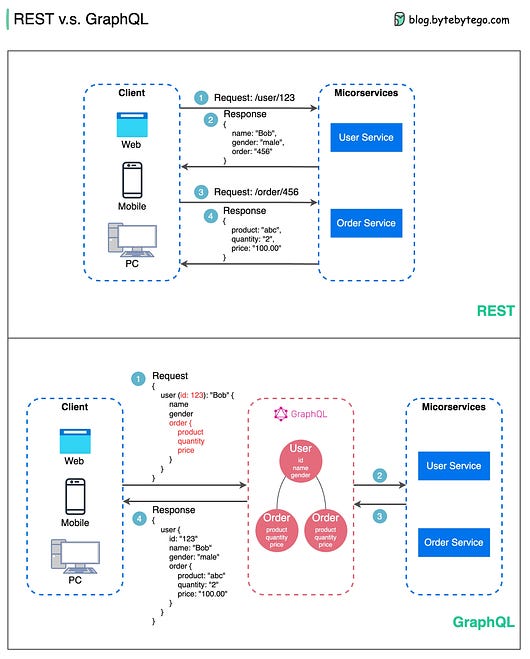
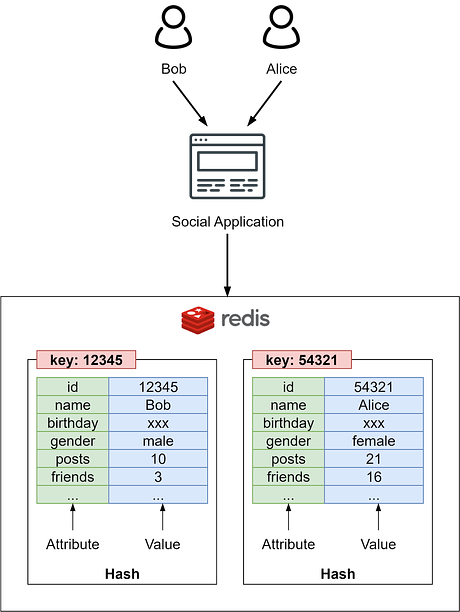
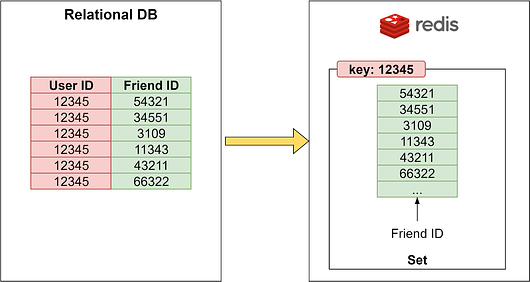
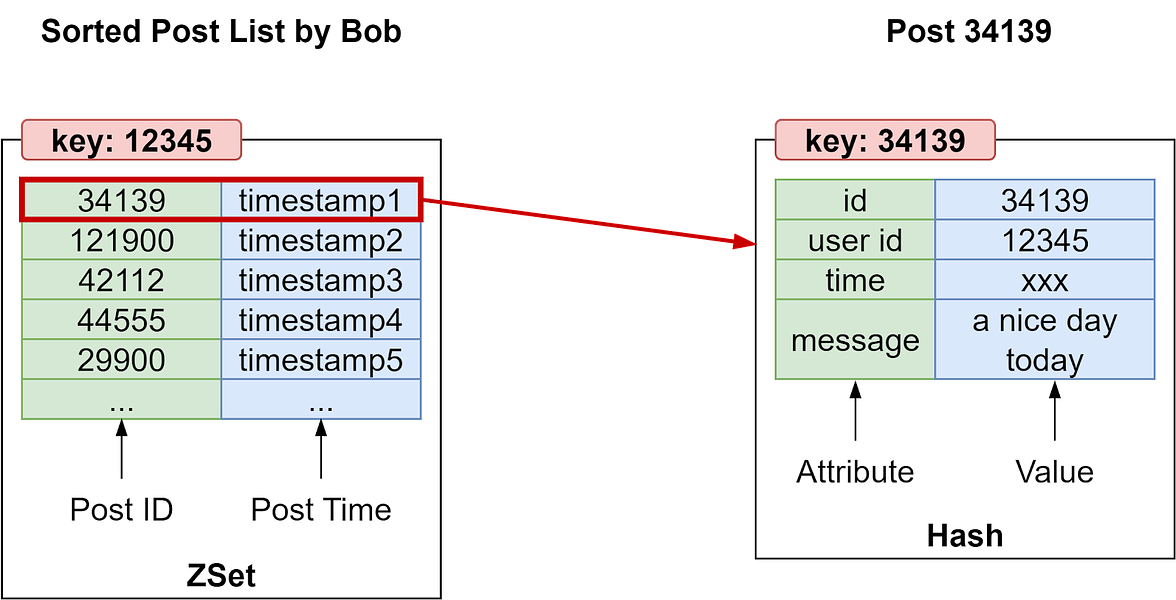
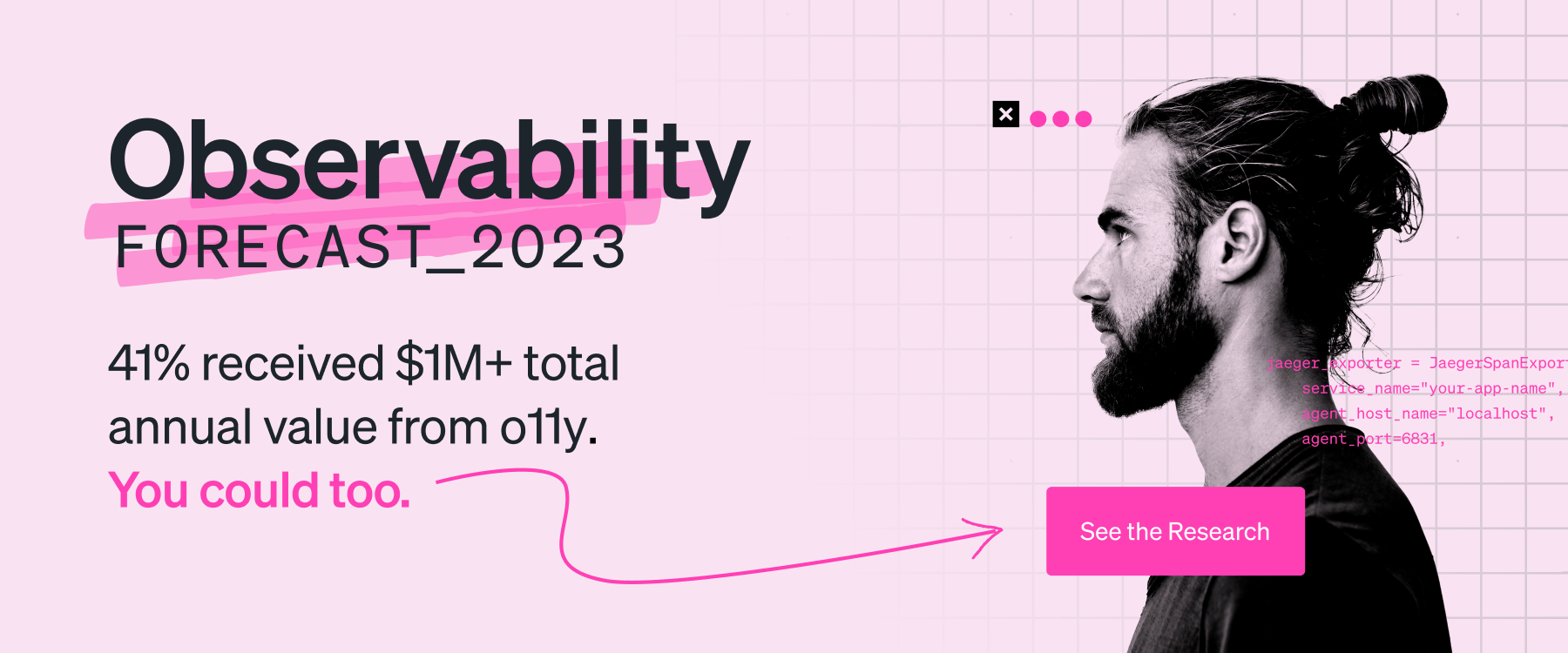












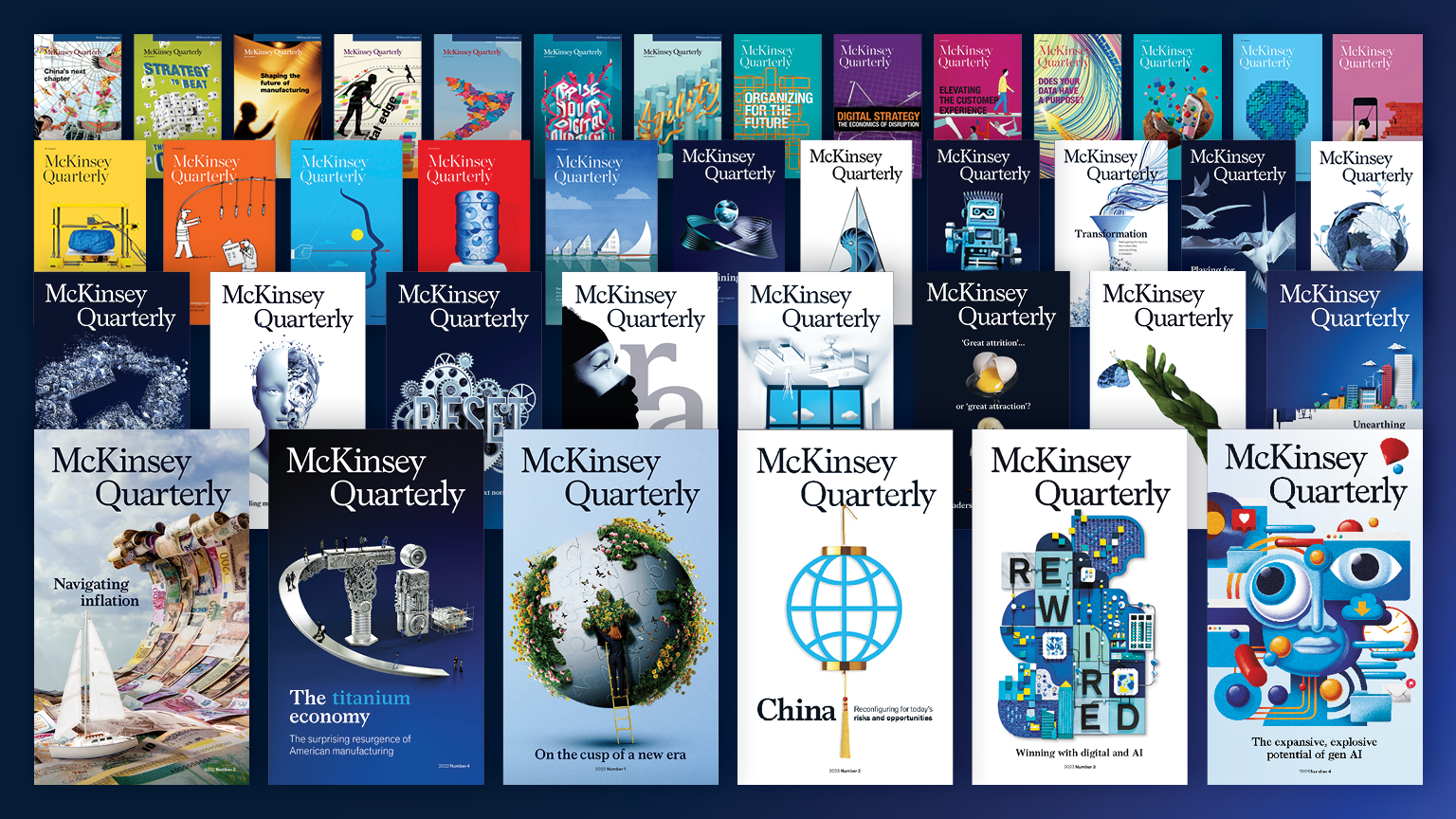
.jpg)






